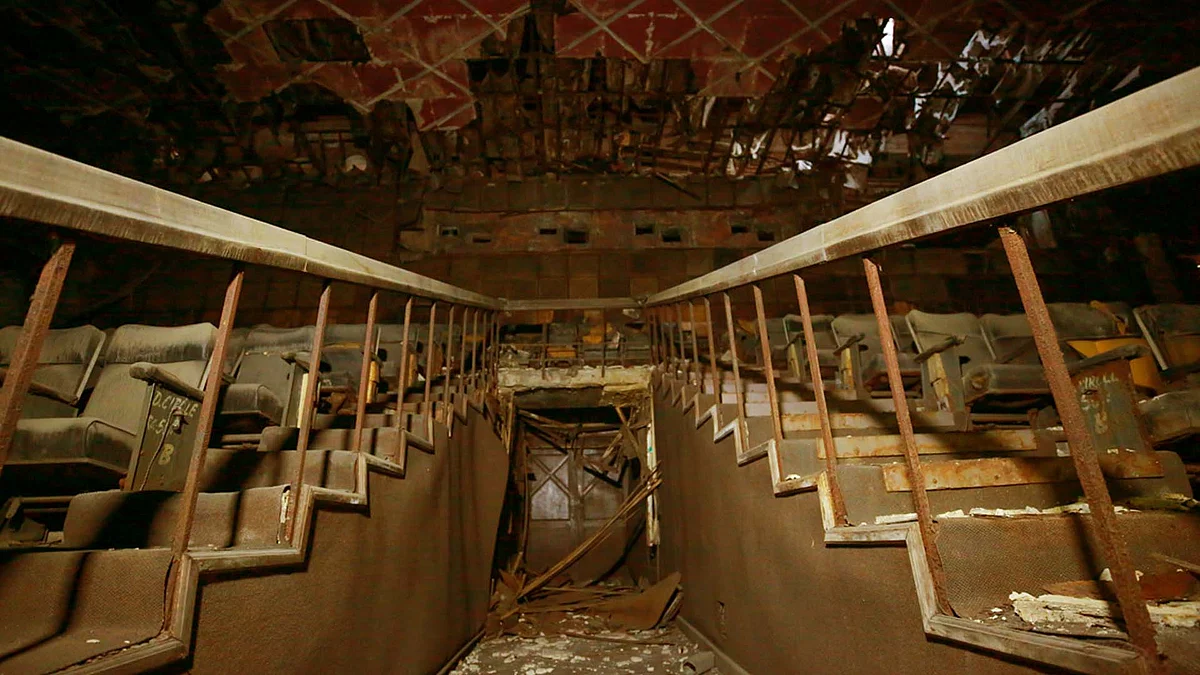Exclusive Photos of the Ravaged Uphaar Cinema
Fifty-nine deaths and years later, time stands still inside Uphaar Cinema.

advertisement
(This story was first published on 14 June 2017, and has been reposted from The Quint's archives to mark the 24th anniversary of the Uphaar theatre fire tragedy.)
13 June 1997: The Sunny Deol-starrer Border had hit the screens. The film was a hit. Like everyone else, the crowd at the Uphaar Cinema in New Delhi’s Green Park area was eager to catch the first-day, first-show of the film. Around 4:55 pm that day, a spark in the transformer on the ground floor of Uphaar caused a fire. The fire quickly spread, and toxic smoke filled the pitch-dark auditorium, turning it into a gas chamber.
Here are a few photos from the site of the blaze, taken 21 years after the tragedy.
Fifty-nine people were killed in the blaze, including 23 children. All of the deaths occurred due to asphyxiation.
The owners of Uphaar, the Ansals, had put in 52 extra seats in the balcony and a box for their own family, thereby completely blocking the exits on the right side of the balcony.
Those seated in the balcony could not get to the lobby area as the gate keeper had locked the main exit after the movie began to play. A number of those seated in the balcony area took refuge in the toilets, where several died due to asphyxiation.
There were also no exit lights. There was no public announcement system, and the gangways were locked.
The Central Bureau of Investigation filed the chargesheet later that year. The 16 accused were charged of causing death by negligence, endangering life and relevant provisions of the Cinematography Act, 1952.
For years, the case dragged on in the sessions court, high court and Supreme Court. In the course of the trial, 14 people, including the Ansals were awarded jail terms ranging from two to seven years. The Ansals were also asked to pay Rs 60 crore to the Delhi Government for the construction of a trauma centre.
Finally, after a review petition by the CBI in February 2017, the Supreme Court sentenced Gopal Ansal to one year in prison, but his elder brother Sushil Ansal escaped a jail term because of his old age and the fact that he had served five months and twenty days as an undertrial.